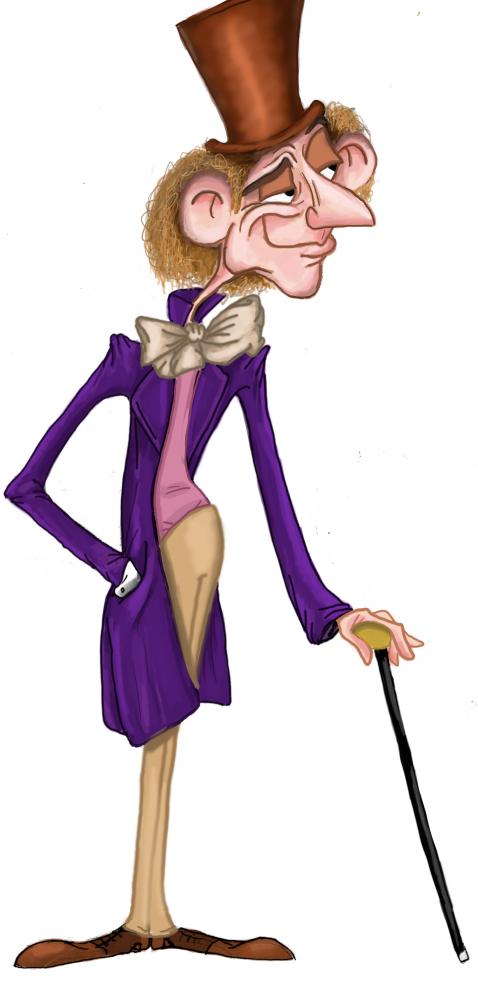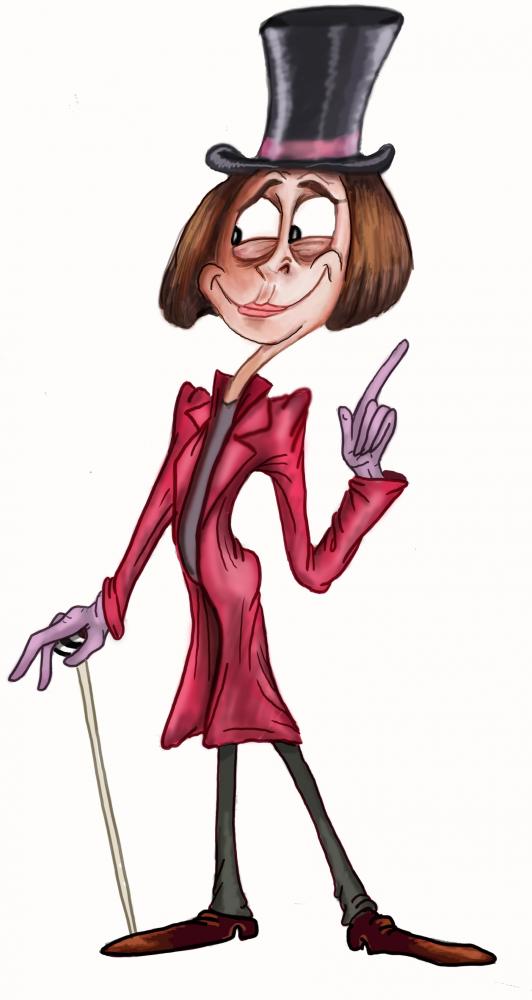The Old vs. The New
by Gino Fanelli | published Dec. 29th, 2015
Film has changed a lot in the past 40 years. Where productions were once bound to what could actually exist in reality, digital editing and computer generated images (CGI) have made the options for a director virtually endless.
"There were certain scenes back then that just couldn't be done," said Peter Kiwitt, a film and animation professor at RIT. "Now, with the ability to basically paint each frame digitally, there really is no limit to what can be done outside that of imagination and budget."
Today, a litany of classic movies are getting the modern makeover. Classic horror, once hinged on B-movie budgets and the use of practical effects, now get their time to shine in comparably large-budget productions. Action movies are able to truly revel in explosions and mayhem that formerly could not exist, at least not without a hell of a lot of gasoline. And timeless films are getting artistic makeovers and reinterpretation, creating new beasts altogether. Presented here are three films which fall into these categories.
The Texas Chain Saw Massacre (1974/2003)
"'Texas Chain Saw' is an interesting one," Kiwitt said. "We're talking there about a pretty small-budget B-film, whereas the remake has a much larger budget. So I think what you'll see there is an overall better production quality."
The 1970s "Texas Chain Saw Massacre" is essentially "The Godfather" of cheesy slasher flicks. The plot is simple: cannibalistic backwoods family butchering innocent, cliche teenager stereotypes, headed by a hulking monster of a man in a mask. The plot has been done to death, but at the time of its release, this Tobe Hooper-directed film was wildly innovative, introducing many of the tropes found in the slasher genre. For a film made on the meager budget of $300,000, "Texas Chain Saw" is surprisingly good looking. It's creepy, it's dense with atmosphere and it's all around still a pretty enjoyable film.
It's important to mention that, like many horror films of the 1970s and '80s and recently resurgent in films like "It Follows" and "The Babadook," "Texas Chain Saw" is a clearly metaphorical film. In this case, the real meaning is hotly debatable. While much of the film is clearly in promotion of vegetarianism, there are also arguments that say it is a commentary on capitalism, the decay of the American way of life and the objectification of women.
This is where the remake differs. Although it is a pretty honest remake directed by Marcus Nispel — meaning it doesn't necessarily shirk the original material while still not being a shot-for-shot copy — there is a clear difference. Mainly, the atmosphere of malaise found in the original is gone, replaced with a cookie-cutter dark aura found in nearly every horror movie made since 2000. The gore, which was mostly off-screen in the original, is now up close and personal, eschewing subtlety altogether. Which makes it, essentially, a bad movie. What was originally there to take away has now been reduced to reveling in blood and guts.
"Willy Wonka and The Chocolate Factory" (1971), "Charlie and The Chocolate Factory" (2005)
"With 'Charlie and The Chocolate Factory,' the original was essentially a pretty straightforward kids' movie," Kiwitt said. "But with the remake with Johnny Depp, they brought in an auteur, someone who turned the film into something completely different than the source material."
The original "Willy Wonka and The Chocolate Factory," starring Gene Wilder and directed by Mel Stuart, is arguably the greatest live-action children's film of all time. It was based on the book by Roald Dahl, and there are certainly some details in the film that lend itself to a bit more than simply a children's movie. The scene with the boat in the tunnel in which the characters are surrounded by flashes of spiders and insects is pretty unnerving, for example. The entirety of the film finds a pretty perfect balance between being dark and being light-hearted and fun.
Director Tim Burton apparently didn't like the the latter portion of that. To be fair, "Charlie and The Chocolate Factory" is a good movie, but it's not trying to be anything other than a festival of weirdness. Depp's "Wonka" is a bit creepy, the fun scenes have an air of severity to them and in general the tale seems very Burtonized. If you're familiar with Burton's other work, you'll know exactly what to expect from this interpretation. It is grander, wilder, darker and harsher than the 1971 version. Visually it is beautiful, keeping the CGI to a minimum and utilizing ridiculously complex features, including training a group of actual squirrels to sit in little bar stools and crack nuts.
"True Grit" (1969/2010)
"I think 'True Grit' is the closest you're going to get to a true remake," Kiwitt said. "But there is still room for that auteur touch. Those John Wayne Westerns were very based around this hero sort of dynamic, and I think the remake sort of plays on those themes."
Let's face it: Westerns are pretty much dead. The closest we got to a spaghetti Western in recent memory is "Django Unchained," and even that was more of an homage. "True Grit" comes from a time when Westerns were all the rage, all based around a relatively similar, familiar plot. This Henry Hathaway-directed film, based on the Charles Portis book of the same name, stars John Wayne as Rooster Cogburn, a drunken, hard-ass U.S. Marshal, assisting a young girl in finding her father's killers deep in "Indian Territory." Without ever seeing the film, it's likely you can piece together a good outline of the plot.
The remake directed by the Coen Brothers starring Jeff Bridges is a true modern adaptation of Western tropes. Cogburn is essentially the same character, but there is little triumph found in his actions. The ambiguity is palpable, and the nature of vengeance, good and evil are played with to a far greater extent than in the original. In that sense, it is a far greater cinematic experience than its predecessor.




